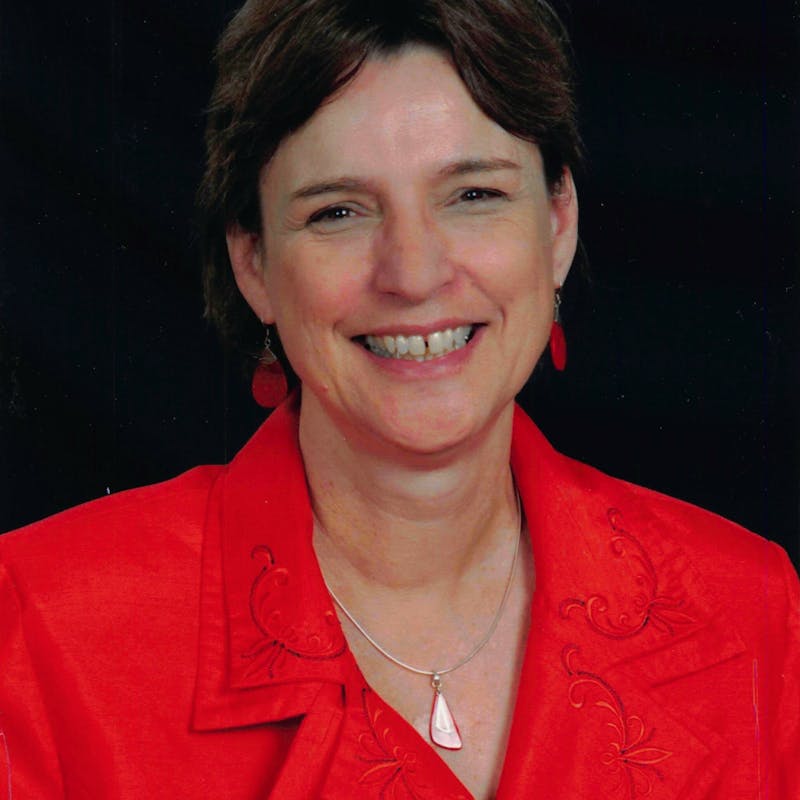Florence Nightingale, born in 1820 to a wealthy family, became a noted statistician, leading authority on hospital administration, and passionate reformer who transformed nursing. She introduced sanitary science, data analysis and experimental design to hospital administration. The British experience and Nightingale’s pathbreaking role became a model for a new Sanitary Commission run by Yankee women during the American Civil War.
Author
Please enjoy a small collection of highlights of women in public administration over the years. You can read the full book chapter from Academy Fellow, Patricia Shields, here: "The origins of the settlement model of public administration: stories of women pioneers." The chapter was from the 2022 Handbook of Gender and Public Administration edited by Patricia M. Shields and Nicole Elias.
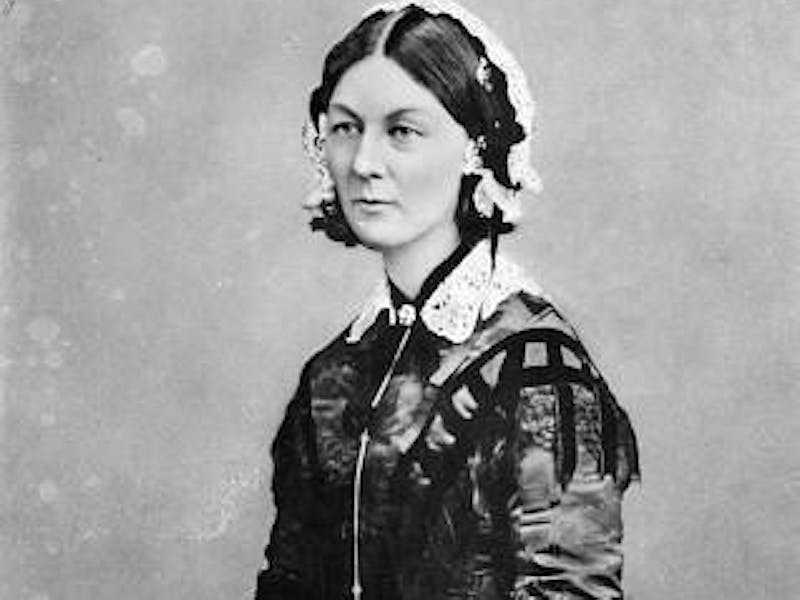
Florence Nightingale
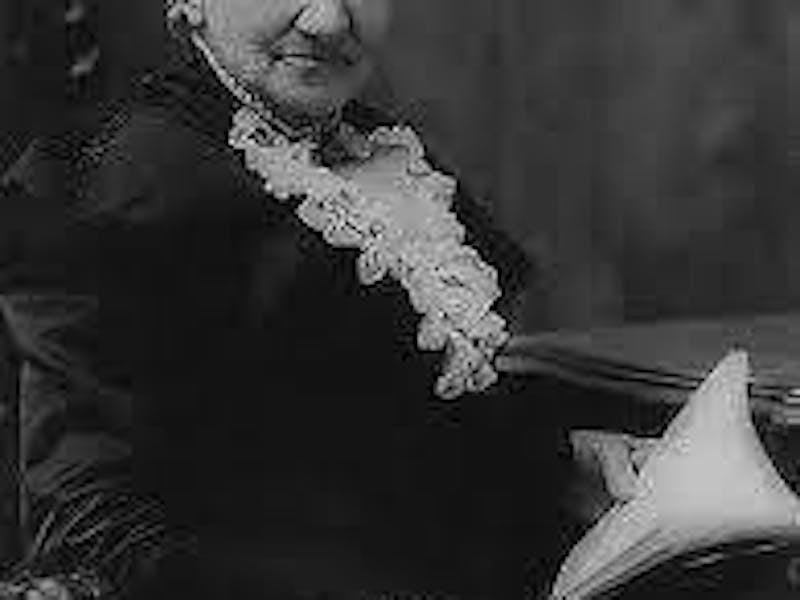
Mary Livermore
As the Northwest Branch Manager of the USSC Mary Livermore often left her home base in Chicago and traveled to planning meetings in Washington D.C., battlefields, and hospitals (often on transport ships filled with wounded soldiers). She nursed the sick and wounded, raised money by organizing large Sanitary Fairs, and coordinated with other leaders at the national level. After the war, she was a sought-after and gifted speaker, often asked to tell stories from her Civil War experience.
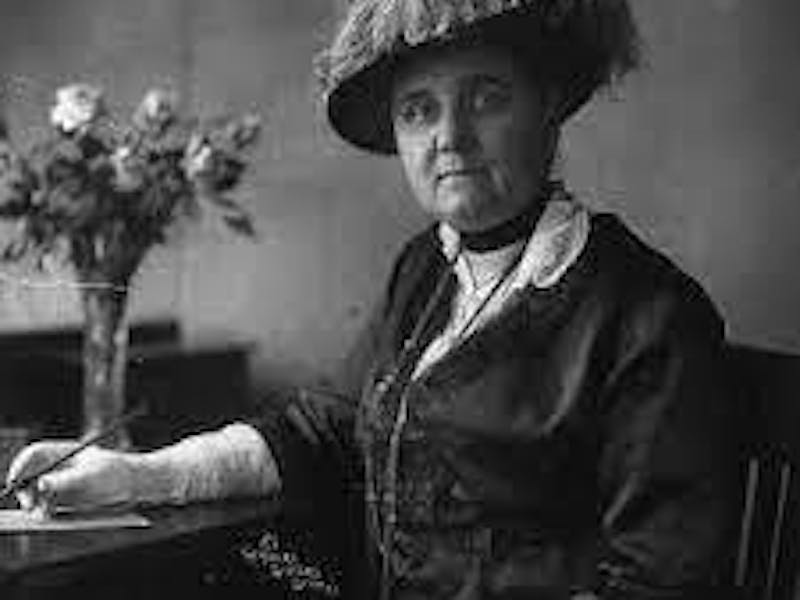
Jane Addams
As a highly regarded democratic theorist, Jane Addams focused on participatory democracy which complements representative democracy. Her version of democracy included concepts like sympathetic knowledge, an ethic of care, inclusiveness, community of inquiry, social ethics, peace and lateral progress. Addams “linked social justice and public administration via a duty of the strong toward the weak and through her expansive notion of democracy." Groundbreaking, passionate practitioners such as Florence Kelley, Julia Lathrop, and Frances Perkins were profoundly influenced by Addams.
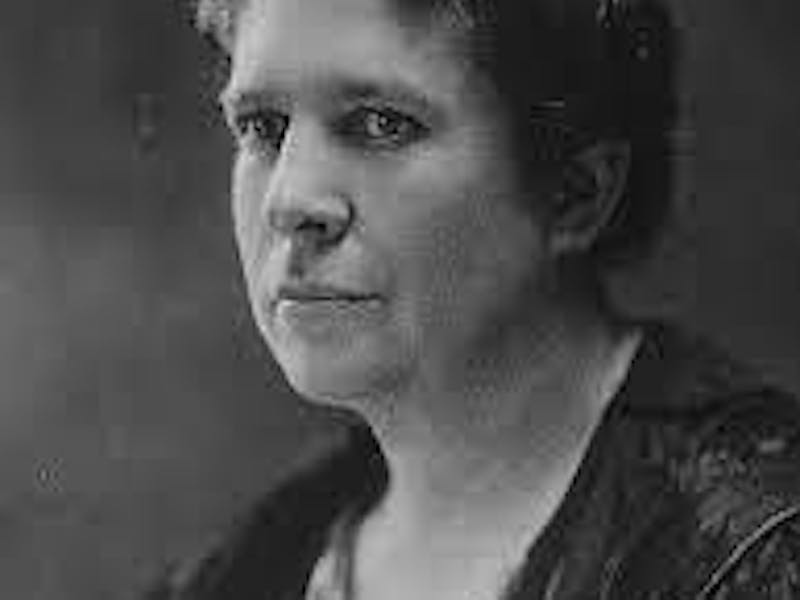
Florence Kelley
As a college-educated, world traveler and daughter of a Congressman committed to social justice, Florence Kelley was an unlikely refugee. She brought with her a passion for reform, an understanding of politics, and a willingness to organize and lobby leaders for change. She spearheaded the “Industrial Citizenship” component of the Alternative View of Public Administration and started the “social justice feminism movement."
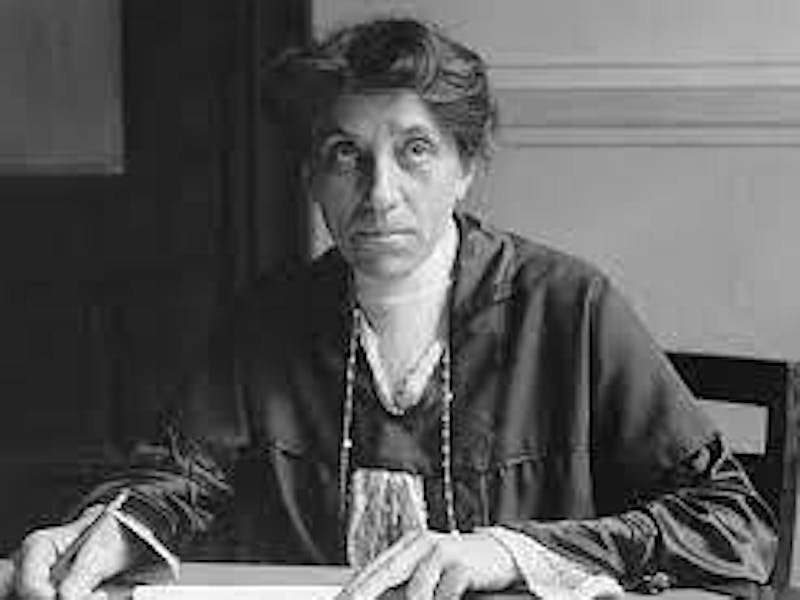
Julia Lathrop
While Florence Kelley was known for her often fiery passion and commitment to reforming policy, Julia Lathrop understood and appreciated the role of public administration in reforming the system. The ability to make change from the inside also necessitated that public agencies were disentangled from crony hiring practices and were able to serve the needy with efficient administration and trained staff. Thus, Lathrop urged a separation of politics and administration. At the same time, she believed politics and administration should be bridged because administrators should be free to seek reforms and engage in politics that would improve the lives of the, often powerless, people they served (p. 117).
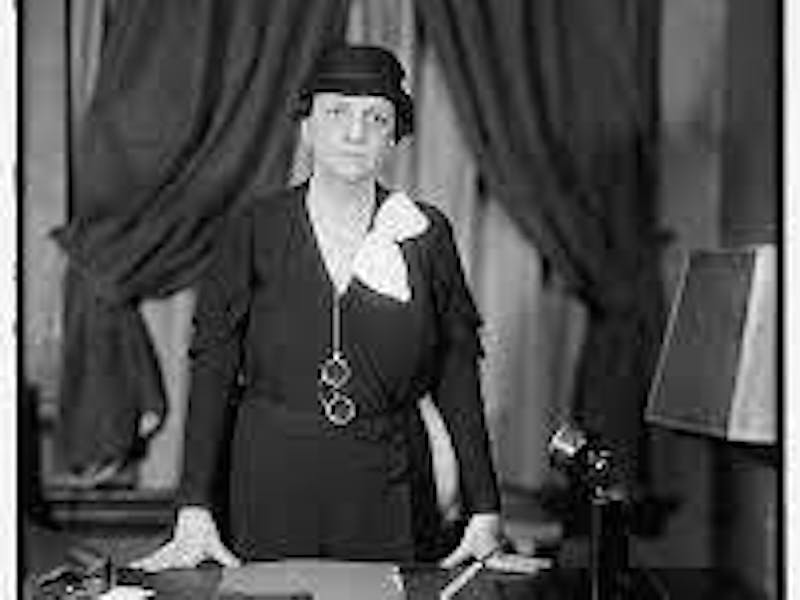
Frances Perkins
As Franklin Roosevelt’s Secretary of Labor, Frances Perkins achieved notoriety as the first woman Cabinet member in U.S. history. At the Department of Labor, one of the most corrupt federal institutions, she reorganized the department, established a merit system, and spearheaded significant New Deal legislation. She was belittled by the press, received hate mail, and faced impeachment and congressional opposition. Frances Perkins surely pushed the boundaries of women’s penetration into public administration.

